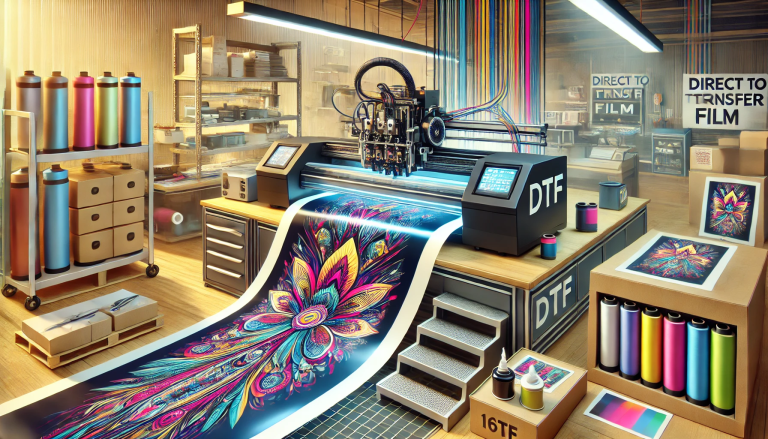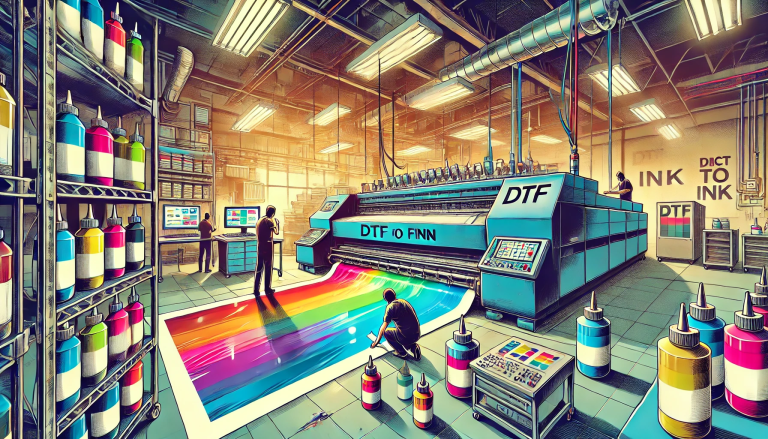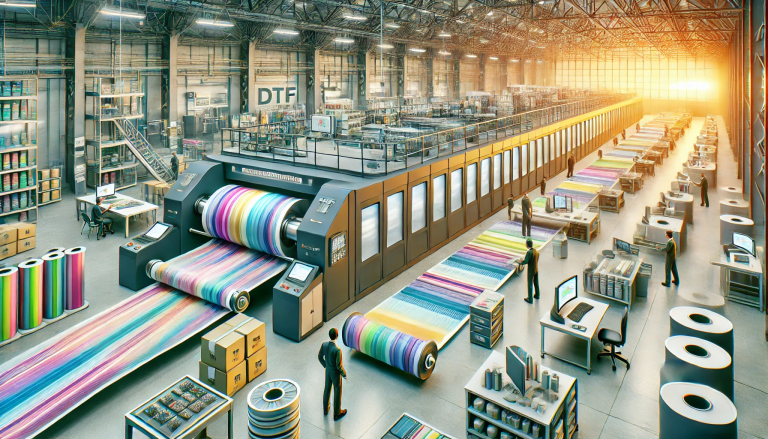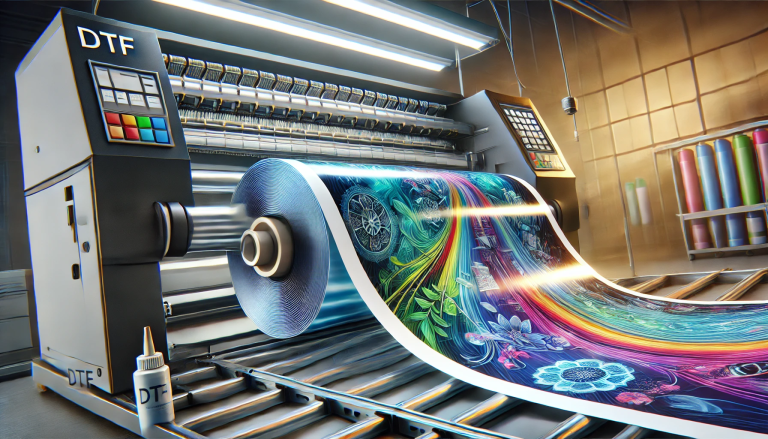“Mastering the Art of Setting up Your Epson Printer for UV DTF Printing” -MAXDTF- UV Magic Paper Wholesale, Direct Transfer UV DTF Paper Supplier, Made in China
Are you ready to expand your printing capabilities and dive into the world of UV DTF (Direct to Film) printing? If so, your Epson printer may be the perfect tool for this exciting journey. UV DTF printing offers exceptional print quality and durability, which can bring your designs to life on an array of mediums.
However, before we embark on this printing adventure, it’s crucial to understand the process, the materials involved, and most importantly, how to set up your Epson printer to print on UV DTF film. Let’s get started!
Understanding UV DTF Printing
UV DTF printing is a cutting-edge technique where designs are directly printed onto a thin, heat-sensitive film using UV-curable ink. The printed film is then transferred onto a desired substrate (fabric, ceramic, wood, etc.) using heat and pressure. This technology has revolutionized the printing industry due to its versatility, high-quality results, and the ability to print on a wide variety of surfaces.
Setting Up Your Epson Printer for UV DTF Printing
Getting your Epson printer ready for UV DTF printing involves some preparation and calibration. Here are the necessary steps:
1. Selecting the Right Printer Model
Firstly, make sure your Epson printer model is suitable for UV DTF printing. Most Epson models that can be converted to an inkjet system (like the Epson SureColor P600 or P800) can be used for this process.
2. Switching to UV-Curable Ink
To print on UV DTF films, you will need UV-curable inks specifically designed for the task. These inks require a UV light source to cure (dry and adhere). You’ll need to flush the old ink from your Epson printer and refill it with the UV-curable ink.
3. Installing UV LED Light
Since UV-curable ink needs a UV light source to dry, your printer needs to be fitted with a UV LED light. This installation process varies from model to model, so be sure to follow the instructions carefully.
4. Adjusting the Print Settings
Once your printer is equipped with the necessary ink and lighting, you will need to adjust the print settings. This usually involves setting the printer to its highest quality settings and selecting the correct media type (usually a glossy or matte film setting).
5. Test Print
Once everything is set up, it’s time to run a test print. This will help you identify any potential issues and make necessary adjustments before you begin a large printing project.
Key Takeaways
UV DTF printing is a powerful tool that can greatly expand your printing capabilities, allowing you to bring intricate designs to life on various surfaces. While setting up your Epson printer for UV DTF printing might seem like a daunting task, with a little bit of patience and preparation, you’ll be ready to create high-quality, durable prints in no time.
The future of printing is here, and it’s more versatile and creative than ever before. So, power on your Epson, load the UV DTF film, and let your imagination run wild! Happy printing!






